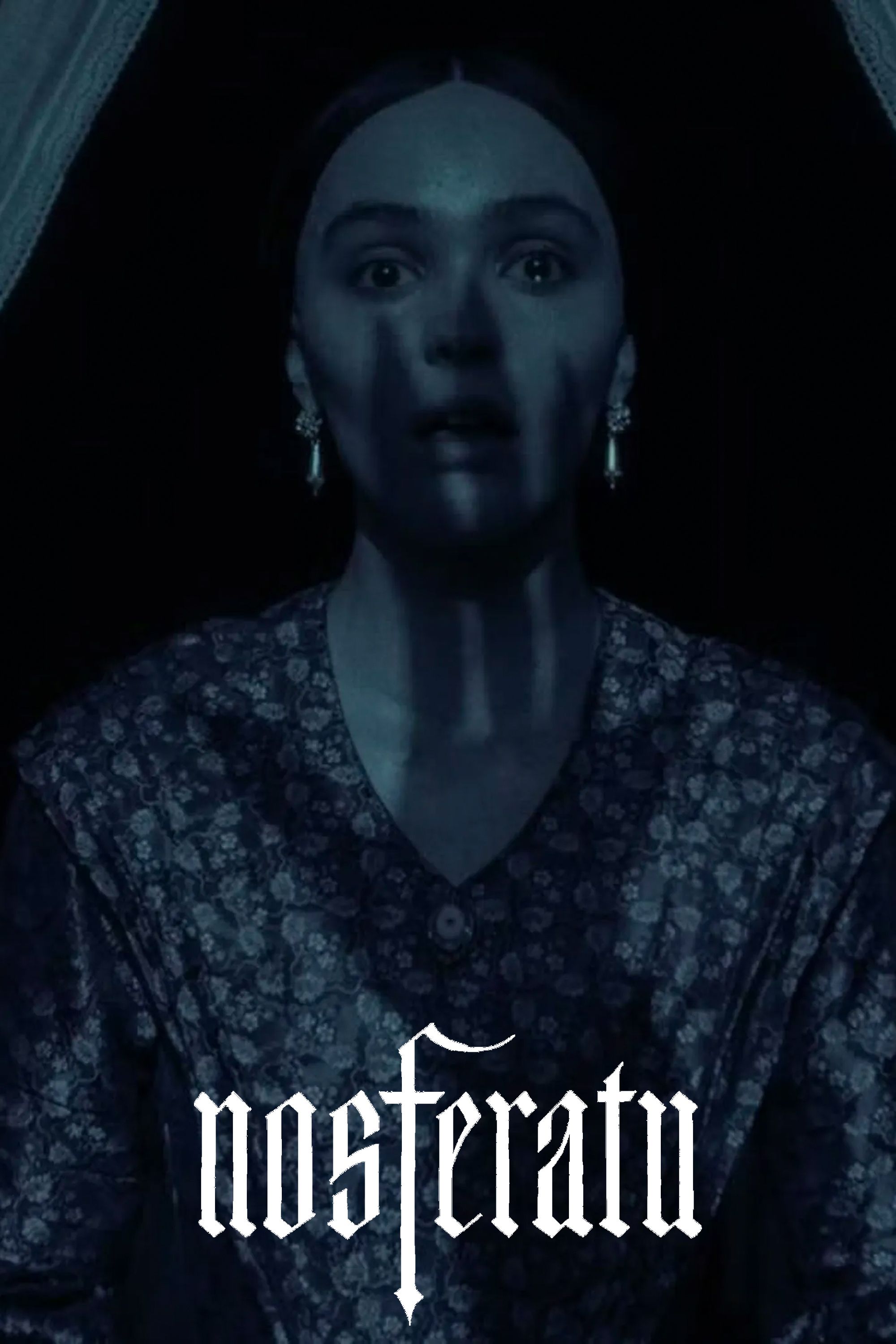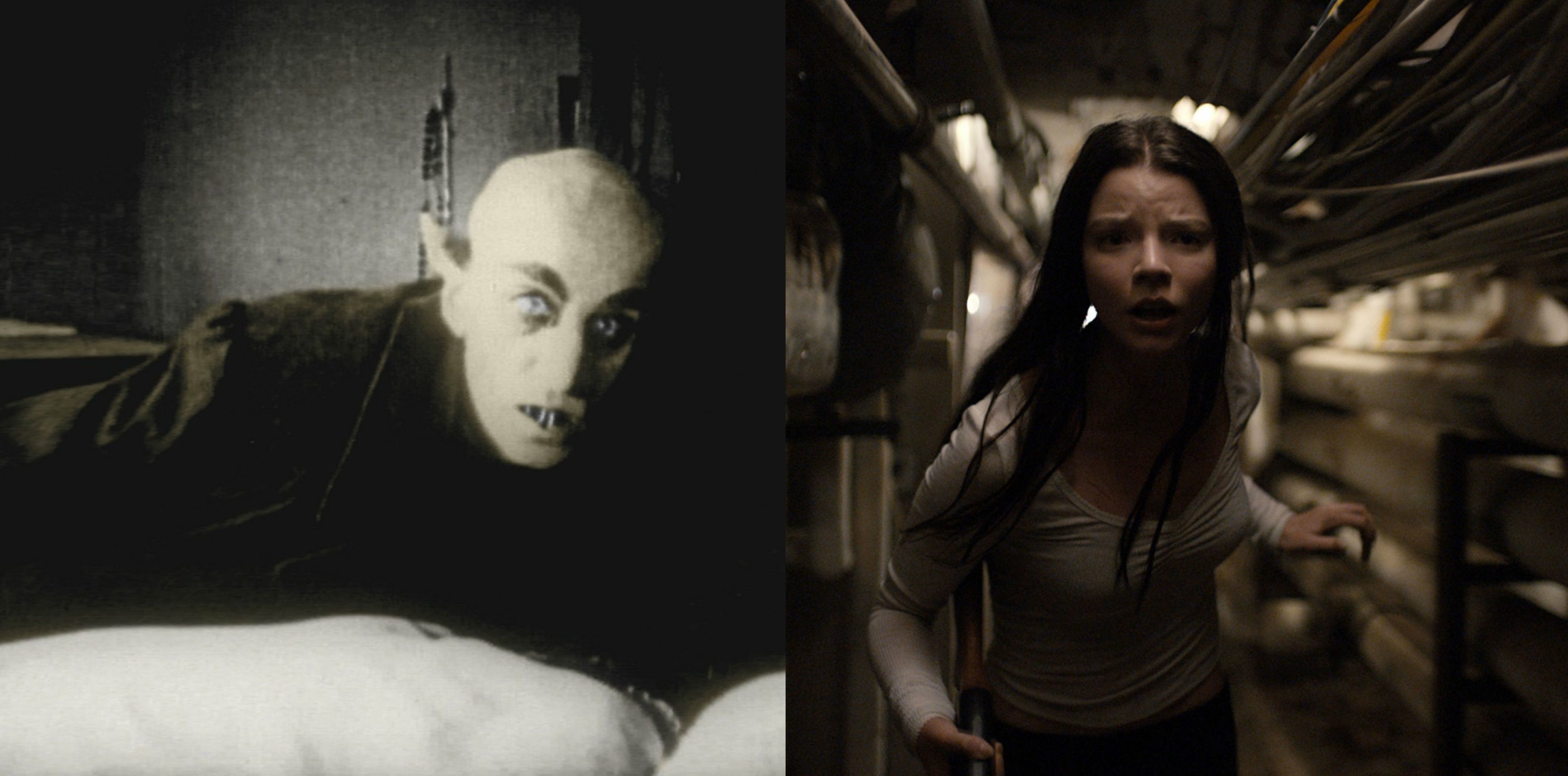Nosferatu: A Gothic Resurrection of the Monster Movie
F. W. Murnau's 1922 masterpiece, Nosferatu, Eine Symphonie des Grauens (Nosferatu: A Symphony of Horror), stands as a cinematic landmark, forever etching its mark on the annals of horror cinema. With its haunting imagery, groundbreaking special effects, and unwavering commitment to Gothic aesthetics, Nosferatu has not only resurrected the monster movie genre but also redefined its very essence. This essay will delve into the intricate layers of Nosferatu, critically examining its Gothic faithfulness and its lasting impact on the horror landscape.
Gothic Aesthetics: A Canvas of Darkness and Shadows
Nosferatu is a testament to the transformative power of Gothic aesthetics. Murnau masterfully employs the genre's signature elements, crafting a world of darkness, shadows, and unsettling atmosphere. The film's stark black-and-white cinematography, with its sharp contrasts and eerie lighting, creates a visual landscape that perfectly captures the brooding and sinister tone of the story.
The film's setting, an isolated mountain village, is steeped in an aura of ancient mystery and foreboding. The crumbling castle of Count Orlok, perched atop a desolate moor, looms over the village, an ominous symbol of the horrors that lie within. The costumes, particularly Orlok's flowing cape and sharp, pointed teeth, are instantly iconic, becoming synonymous with the very essence of Gothic horror.
The Creature: Orlok, the Shadow of Dracula
At the heart of Nosferatu lies Orlok, the enigmatic vampire count. Inspired by Bram Stoker's Dracula, Murnau's Orlok is a grotesque and terrifying figure, embodying the primal fear of the unknown. Max Schreck's haunting performance, with his elongated limbs, piercing gaze, and rodent-like features, creates an unforgettable portrayal of the iconic monster.
Orlok's supernatural powers and nocturnal nature further enhance his fearsome presence. His ability to transform into a bat, his aversion to sunlight, and his reliance on blood for sustenance serve as constant reminders of his otherworldly nature. Through Orlok, Murnau presents a creature that is both human and monstrous, a reflection of the duality that lies within us all.
Thematic Depth: A Reflection on Mortality and Isolation
Beyond its Gothic trappings, Nosferatu explores profound thematic depths. The film's central theme of mortality is woven throughout the narrative. The very presence of Orlok, a creature who defies death, confronts the characters and audience with the inevitability of their own demise. The film's haunting imagery, such as the plague-ridden rats and the skeletal figure of Death, constantly reminds us of the fragility of life.
Isolation is another significant theme in Nosferatu. The village is depicted as a closed community, cut off from the outside world. This isolation creates a sense of claustrophobia and vulnerability, making the villagers easy prey for Orlok's sinister influence. The film suggests that in isolation, fear and superstition can take hold, leading to both personal and collective destruction.
Influence and Legacy: A Horror Classic Reimagined
Nosferatu's impact on the horror genre cannot be overstated. It pioneered many of the techniques that would become staples of the genre, such as the use of shadows and atmosphere to create suspense. Its iconic imagery, particularly the silhouette of Orlok stalking his victims, has been imitated and referenced countless times.
Nosferatu has also been the subject of numerous remakes and adaptations, each attempting to capture the essence of Murnau's original. Werner Herzog's 1979 version, Nosferatu the Vampyre, is a faithful recreation that pays homage to the original while updating its visuals and themes. E. Elias Merhige's 2000 film, Shadow of the Vampire, takes a more meta-fictional approach, exploring the production of Nosferatu and the relationship between Murnau and Schreck.
Gothic Faithfulness: A Testament to Genre Authenticity
Nosferatu's unwavering commitment to Gothic faithfulness sets it apart from many subsequent horror films. Murnau's attention to detail, from the film's visual style to its thematic undertones, ensures that Nosferatu remains a timeless classic. The film's authenticity stems from its deep understanding of the Gothic tradition and its ability to translate its conventions into a cinematic medium.
By adhering to the Gothic aesthetic, Nosferatu creates a sense of immersion that allows the viewer to fully experience the film's chilling atmosphere. The film's fidelity to the genre's conventions also ensures its enduring appeal, as it continues to resonate with audiences seeking authentic and atmospheric horror experiences.
Conclusion: Nosferatu's Enduring Legacy
F. W. Murnau's Nosferatu is an undisputed masterpiece of Gothic horror. Its haunting imagery, terrifying creature, and profound thematic depth have left an indelible mark on the genre. The film's unwavering commitment to Gothic faithfulness ensures its enduring status as a cinematic landmark. Nosferatu's influence continues to be felt in countless remakes, adaptations, and homages, a testament to its ongoing relevance and the enduring power of the Gothic tradition.
Through its resurrection of the monster movie genre, Nosferatu has not only terrified audiences for generations but has also inspired countless filmmakers to explore the depths of darkness and the human psyche. As a cinematic achievement, Nosferatu stands as a timeless work of art, a testament to the enduring power of Gothic horror and the enduring legacy of F. W. Murnau.
Rockets 114-101 Hornets (Dec 23, 2024) Game Recap
Josh Jacobs Has 53 Rushing Yards And A TD, Giving Packers 14-0 Lead
Clippers 114-110 Grizzlies (Dec 23, 2024) Game Recap



